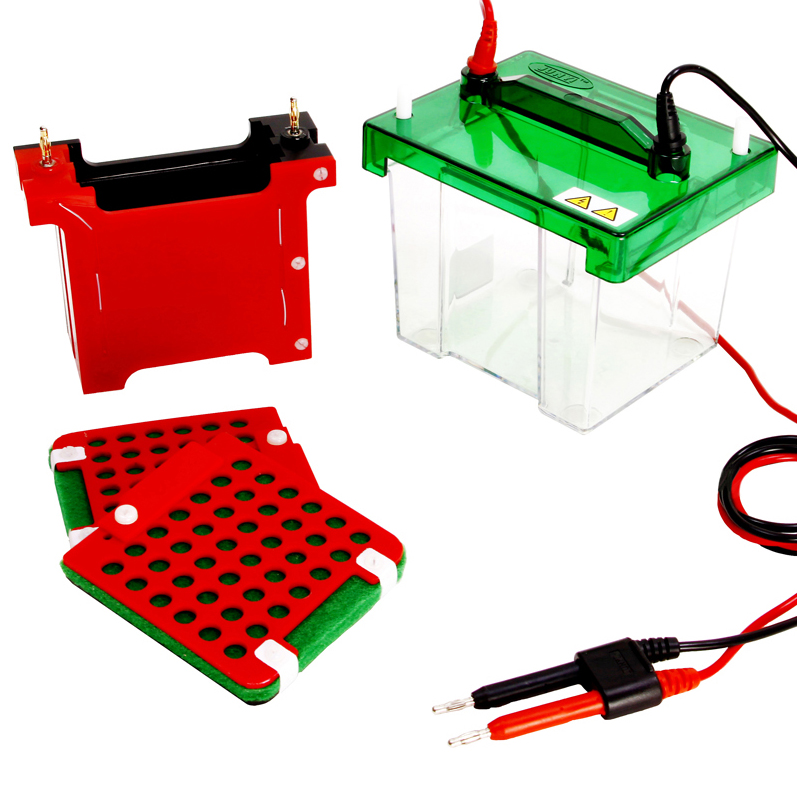9 Tips and Tricks to Get High-Quality Western Blots | BT Lab Systems
 Why do researchers find it difficult to produce respectable results from their blots? Admittedly, getting accurate, high-quality results from Western blot experiments can be a great challenge, but you can beat the odds and improve your chances of getting great looking results by following these simple tips.
Why do researchers find it difficult to produce respectable results from their blots? Admittedly, getting accurate, high-quality results from Western blot experiments can be a great challenge, but you can beat the odds and improve your chances of getting great looking results by following these simple tips.
9 Tips and Tricks to Get High-Quality Western Blots
- Prepare samples appropriately. As a general rule, samples should be prepared quickly and cooled on ice to prevent degradation. You may need to add protease inhibitors from time to time since most of them have short half-lives. Additionally, samples should be boiled in complete Laemmli solution for a full five minutes and centrifuged before using the supernatant for SDS-PAGE analysis. When running gels under denaturing conditions, there should be enough reducing agent in the sample buffer to break disulfide bonds present. Keep in mind that the concentration of the reducing agent decreases with time so add a little extra just to be safe.
- Use commercial solutions. Preparing your own solutions to pour gels in the lab may do more harm than good since it significantly increases the risk of contamination and pH imbalances. Do yourself a favor by using commercial reagents instead.
- Make a match! Your chosen gel should match the requirements of your target protein. To get great results, use lower concentrations of polyacrylamide (PA) as the MW of your target protein increases. You should also consider using gradient gels for complex protein mixtures with high MW range.
- Transfer it right. High MW proteins (> 100kDa) are best transferred overnight in a wet transfer apparatus. Better results can be obtained by adding SDS to the transfer buffer and eliminating methanol (it inhibits the elution of high MW protein out of the gel matrix). To ensure great looking blots, use PVDF instead of nitrocellulose membrane, and stain with Coomassie Brilliant Blue.
If you are working with proteins with high isoelectric point (pl), make sure that the pH of the transfer buffer is higher than the pl of your target protein and use a semi-dry transfer system to ensure a successful transfer. Add SDS to the transfer buffer if the pl of your target protein is equal or higher than the pH of the transfer buffer. - Shake at the right speed. Getting the speed right is extremely critical, especially when incubating the membrane with primary or secondary antibodies. Shaking too fast may result in the non-binding of the antibody while shaking too slow may not produce uniform binding.
- Prepare the blocking buffer ahead of time. When you prepare your blocking buffer in a hurry, you do not give enough time for the chemical components to dissolve completely. This increases your risk of getting black dots on your blots. Note: If you still get black dots despite preparing your blocking buffer ahead of time, try filtering your buffer to remove any remaining particulates.
- Use the appropriate blocking procedure. While 3%-5% non-fat dry milk is often used as a standard blocking agent, it should not be used for detecting phosphorylated proteins since it contains phosphoproteins casein which may react with the antibody, producing non-specific binding and high background noise. It also contains biotin so don’t use it in avidin-biotin detection systems.
- Treat your antibodies with utmost care. Antibodies are very sensitive and exposing them to temperature changes will render them useless so always carry them in a mini-cooler. They can be quite expensive, so you wouldn’t want anything bad to happen to them, right? Note: Avoid using cheap antibodies since they may be of lower quality and may not have even been tested.
- Be careful in choosing your loading control. While actin and GAPDH are normally used as loading controls, these proteins may change expression so read the literature to ensure that they will remain constant under any condition.
 Why do researchers find it difficult to produce respectable results from their blots? Admittedly, getting accurate, high-quality results from Western blot experiments can be a great challenge, but you can beat the odds and improve your chances of getting great looking results by following these simple tips.
Why do researchers find it difficult to produce respectable results from their blots? Admittedly, getting accurate, high-quality results from Western blot experiments can be a great challenge, but you can beat the odds and improve your chances of getting great looking results by following these simple tips.
Leave a Comment